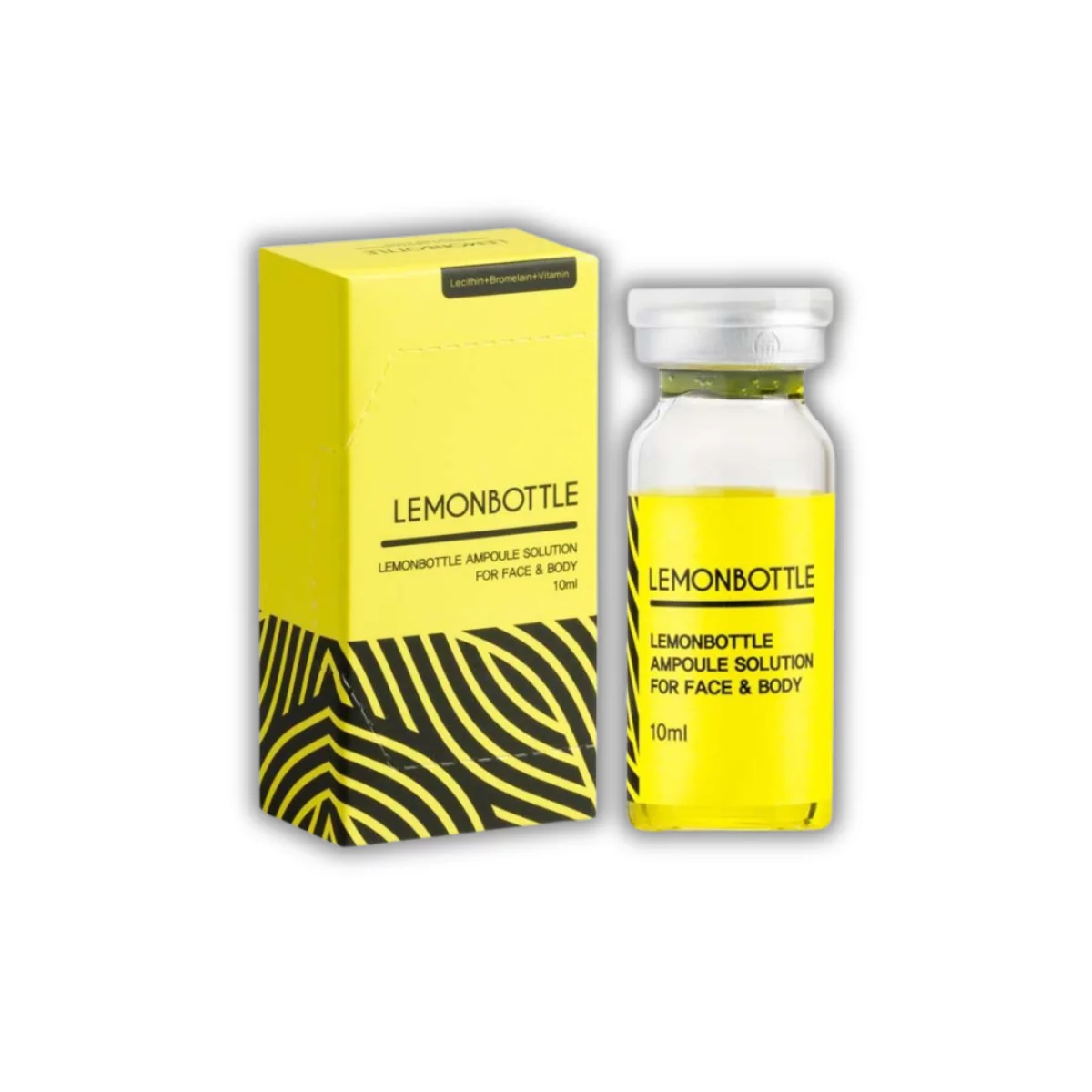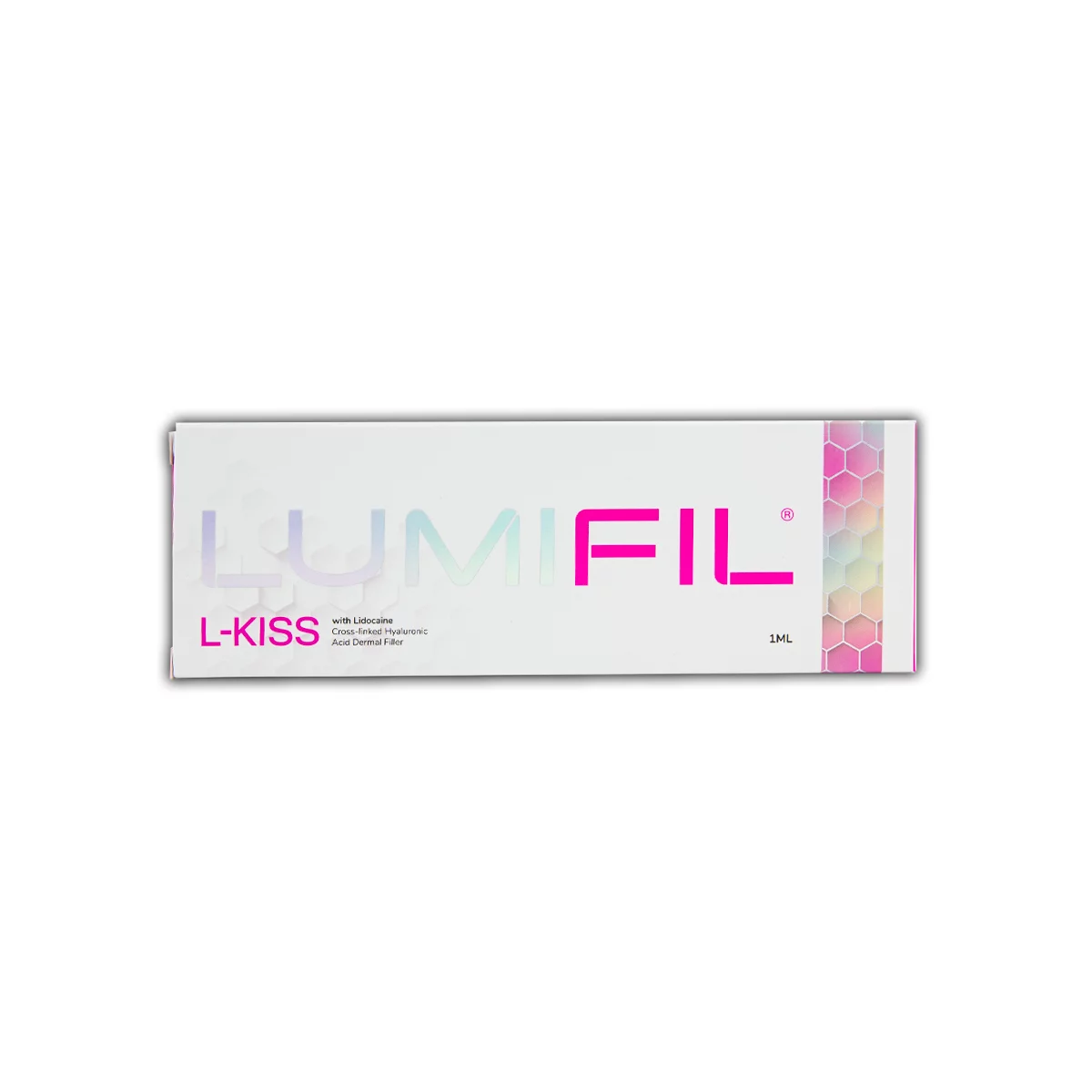Order by 3pm to Get Next Working Day Delivery
Save an extra 10%
-
HOT

Lemon Bottle ( 1 Vial )
£29.99 £24.99 ex. VAT -
HOT

Lumifil Kiss
£20.40 £17.00 ex. VAT



Are you curious about dermal fillers? Read our ultimate guide to learn about their types, perks, and cautions for a radiant, youthful glow!
You might be wondering how some people age with barely a wrinkle on their skin. Do you know? There is a revolutionary product in the field of aesthetics known as dermal fillers. These tiny sponges are injected under your skin to plump up lines and wrinkles, add volume to lips and cheeks, and even lift your tired face.
Like anything new, there’s also some hype and uncertainty about dermal fillers. Some people think this product may appear ‘fake’ or unnatural on their skin or cause adverse effects. Due to this, it is necessary to get accurate information so everyone can decide what is best for them. So, if you are concerned about dermal fillers, our blog will explore its types, and talk about both the good stuff and the things to consider before using them. Stay tuned!
Dermal fillers are medical-grade gel-like substances injected under the skin to fill in lines, folds, and wrinkles caused by ageing, sun damage, or other factors. Common dermal fillers are made from hyaluronic acid or calcium hydroxylapatite.
By replenishing lost volume in targeted areas, dermal fillers work to smooth skin texture and improve the contour and proportions of the face, making features appear more lifted and youthful. Popular areas treated include laugh lines, nose-to-mouth lines, marionette lines, cheeks, and lips.
The goal of dermal fillers is a natural-looking result without signs of medical intervention. Treatments typically last 6-12 months before touch-ups or repeat injections are needed to maintain aesthetic benefits.
Dermal fillers are designed to add volume to the skin and enhance facial counters. However, they are categorised into different types based on their composition and features. Let’s explore different kinds of dermal fillers to know which one can work best for you:
These are some of the most common and natural-looking types. Hyaluronic acid is a fluid that occurs naturally in the skin. HA-based fillers can be used in various areas of the face such as lips, cheeks, and nasolabial folds. They can temporarily restore volume for 6-12 months. Examples of HA fillers include Juvéderm, Restylane, and Belotero.
Calcium hydroxylapatite is a mineral-like compound found in bones. This filler is thicker than hyaluronic acid and is often used for deeper wrinkles and volume loss in areas like the cheeks. Its effects can last up to 12-14 months. Examples of CaHA-based fillers include Radiesse.
It works by stimulating your body’s natural collagen production. It is often used for treating facial fat loss (lipoatrophy) and restoring volume over time. This dermal filler is slowly absorbed by the body over 6-12 months. Sculptra is an example of a poly-lactic acid filler.
This filler is made of silicone beads suspended in gel. It provides an instant and long-lasting effect. But it may have higher risks of migration or infection. Bellafill is included in this category.
Polycaprolactone is a bioresorbable material that stimulates collagen production. It is used for facial rejuvenation and can provide a longer-lasting effect than other fillers. Ellanse is an example of a polycaprolactone filler.
This technique involves harvesting fat via liposuction and reintroducing it elsewhere on the face. It requires multiple grafting sessions but can have natural lasting results.
Dermal fillers are becoming popular among people who want to age gracefully, minimising the wrinkles on their skin. Not only this, more benefits can be enjoyed from having a dermal filler treatment. Let’s have an overview:
Yes, as with all medical procedures, there are some side effects associated with dermal fillers. Most of these are very mild and temporary, often disappearing within a week or two. Here are some of the most common ones:
Dermal fillers are an enticing alternative for people who want to seem younger. For the right candidates, they may do marvels, from smoothing wrinkles to plumping lips. But like with any cosmetic procedure, knowing the kinds, advantages, and possible downsides is important. Remember that the most important factors are managing your expectations and finding a qualified doctor. You can use fillers to accentuate your natural beauty and increase your confidence if you make an informed decision.
Are You Looking For the Best Dermal Fillers in Budget? Visit the Wide Variety At Aesthetic Warehouse and Find One That Suits Your Beauty Needs!
The duration varies, but most dermal fillers provide results that last from several months to over a year.